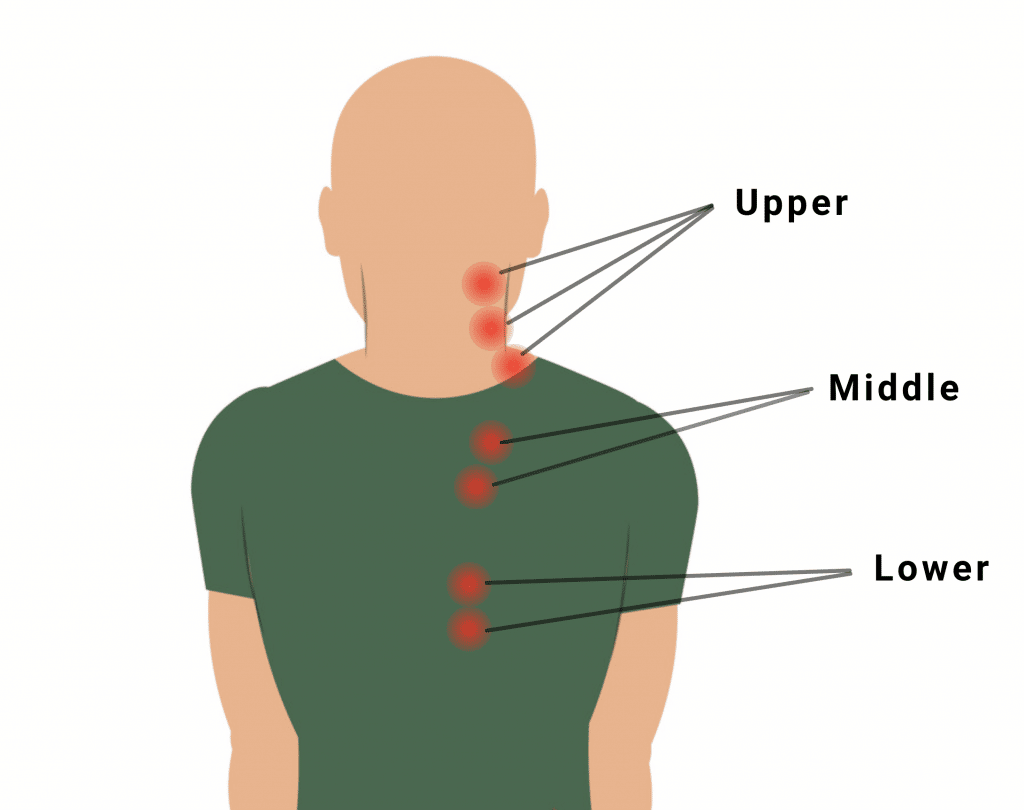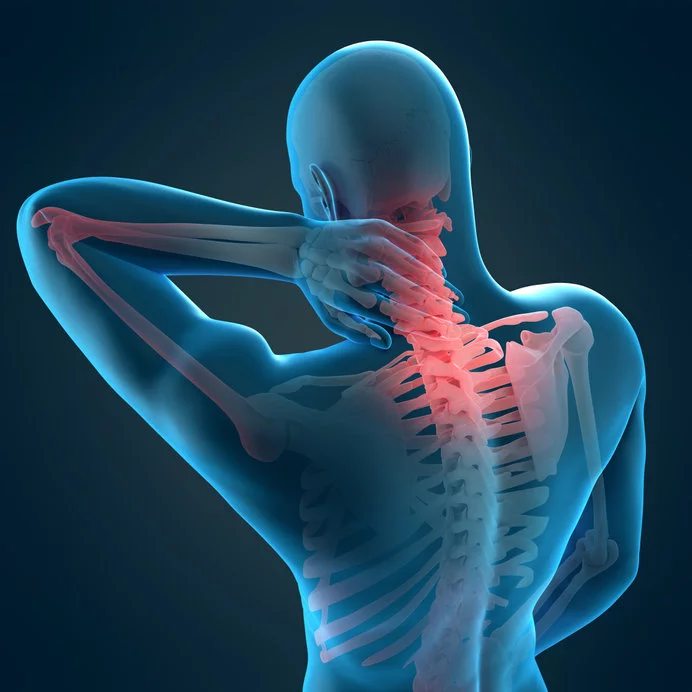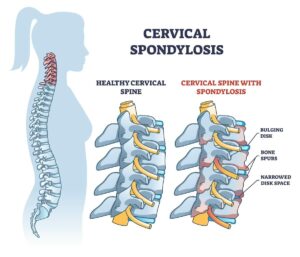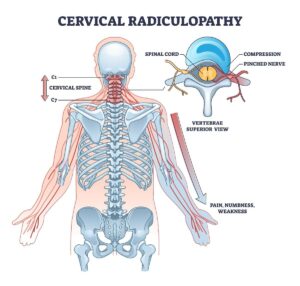Free download: Top 10 Natural & Easy Remedies for Joint Pain from Home. Learn these helpful remedies.
Estimated Reading Time: 5 minutes read
Do you sometimes feel like the genie from Aladdin after he emerges from the lamp and yells “ten thousand years will give you such a crick in the neck!” Stubborn neck pain can be frustrating! Even if you’ve only experienced pain for a few days it can feel like it’s been ten thousand years.
We’re going to discuss trigger point release for neck and shoulder pain to help you finally get some relief at home.
Table of Contents
What is a Trigger Point?

You’ve probably heard the term ‘trigger point’ before, but do you know what it is? A trigger point is basically a stressed-out spot in your muscle that is stuck in a muscle spasm.
It’ll feel like a tight knot or like a rope under your skin.One way to know if you have a trigger point is if you feel a knot and feel pain when you press on the tight knot.
Weirdly enough, sometimes when you press on a trigger point you may even feel pain somewhere else in your body. This is called referred pain and is common with pesky trigger points.
How to Release Trigger Points in Your Neck and Shoulders
Trigger points form in areas of overuse and repeated activities. Unfortunately, it’s extremely easy for trigger points to form along our neck and upper back leading to stiffness, pain, and headaches.
These very common trigger point locations – shown in the illustration below – are likely reasons your neck pain and stiffness is not going away.

Common trigger points in the neck and shoulder that could be causing your neck pain and stiffness.
Why is it so easy to form trigger points here?
One word: posture.
Our posture is affected all day and unfortunately most of the things we do involve using our arms in front of our body.
When our arms are in front of our body and moving our muscles love to form trigger points along our back and neck.
Common movements that instigate trigger points are scrolling on your phone, working on the computer, reading a book, cooking, washing dishes, playing sports, and more.
Because these movements happen so regularly, we are almost constantly working on forming trigger points.
What Can I Do to Get Rid of My Trigger Points?
While trigger points are quite honestly the worst, there are ways to release those bundles of tight muscles at home. The best way to do this is a trigger point massage.

Heads up, when you perform this massage you’re going to feel pain which may feel counterintuitive.
Hopefully, it feels more like it “hurts so good,” but let’s be honest it’s going to hurt.Why does it hurt? You’re feeling the adhesions between muscle fibers breaking up to allow the muscle spasm to release.
This means trigger point massage is painful but beneficial. Keep in mind, however, if you feel sharp pain or tingling you want to reach out to your primary care physician to make sure you don’t have something more serious.
Steps to self-massage neck and shoulder trigger points at home:

- Pick your tool of choice: your own hand, massage ball, massage hook, roller, etc. You can also type “myofascial release tool” online to find a tool that’s right for you. Heads up, they all look like medieval torture devices, but they get the job done.
- Next, feel around for a tight spot – or spots – pick one and press the tool into the spot. You’ll feel an increase in pain, but this is a sign you’re hitting the right spot.
- The amount of pressure you use to press will vary depending on your pain tolerance. Remember, there will be some discomfort. Try to hold that position for as long as you can, up to 60 seconds. Then take a quick break before hunting for another trigger point and repeating the process. It’s rare to only have one trigger point because with repetitive movements we tend to tweak a few areas of our muscles.
- Don’t hate us for this, but one of the keys to fully releasing trigger points is consistency. Repeat the whole self-massage process again 3-5 times a day and try to get in the habit of doing this every day.
Remember, you’re forming trigger points with daily activities so it takes daily massage to combat trigger points.Just like an apple a day keeps the doctor away, a trigger point massage a day keeps the neck pain away.
Ok, it’s not as snappy, but the sentiment is the same: keep up with this treatment to feel healthy! Many of us ignore trigger point pain and end up with chronic neck pain and headaches.
Is there anything else I can do at home?
The other way to combat trigger points is to try to stop them before they even form. Remember, posture and repetitive movements form trigger points so here are some general tips:
- Set up your desk at home with correct ergonomics to reduce neck stress.
- Limit time scrolling on your phone and take breaks when playing tennis, cooking, washing dishes, etc.
- Be mindful of your posture when scrolling on your phone, reading, and watching TV. We tend to sink into our couches/beds and end up in some wild positions. Those positions could be the key to what’s causing stress on your neck and increasing your neck pain.
Final Thoughts
Ultimately, don’t ignore what your body is telling you. If you feel neck pain, check for trigger points. Work on massaging them out daily and if you’re still not getting relief check with your primary care physician.
Don’t wait 10,000 years like the genie from Aladdin did, no one wants neck pain even for one day.














2 Responses
Thank you for all these demonstrated 'exercises ' and tips and instructions and I formation!!! (and without advertising!). So helpful and encouraging. Will watch for more...now in rehab from broken hip surgery. But I can do these good posture exercises sitting in my room. Thanks again
You're welcome, Charlene! I'm glad that you found the article helpful and encouraging. Thank you for watching, and keep up the good work!